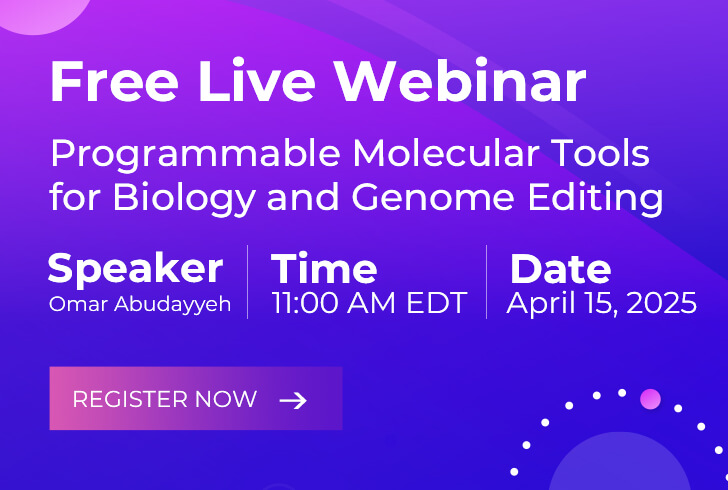Adeno-associated Virus Vector Development Service
Inquiry NowAAVs are preferred and widely-used viral vehicles for target gene delivery and clinical gene therapy with many unique advantages. Creative Biolabs has long been concentrated on gene delivery by engineered AAV vectors for human disease therapies. Based on our well-constructed gene-therapy platform, we are now providing a series of specific AAV vector design services for laboratory research and clinical application.
Introduction of AAV Vector Design
AAV, a type of single-stranded DNA, non-enveloped parvovirus, is a low-pathogenic virus that can be utilized as a gene delivery vector. It has been successfully applied in many fields, including treatment for human gene therapy, in vivo and ex vivo gene editing for cell therapy. To overcome the limitations of traditional AAV vectors, significant efforts have been devoted to optimizing the design and engineering processes since the first application of AAV vector used in gene delivery. The high-yielding engineered recombinant AAV (rAAV) vectors with advantages of low immunogenicity, high efficiency, and tissue tropisms, etc., have been produced to satisfy different research, clinical trials, and commercialization demands.
rAAV vectors produced by replacing the wild-type coding regions with target DNA fragments, meaning that all viral protein-encoding sequences are absent and replaced by transgene expression cassettes in the rAAV vector genome. The only viral sequences reserved in rAAV vector genome are ITRs, which are essential in guiding AAV replication and packing in its life cycle. Various therapeutic genes and modified DNA sequences (up to ~5 kb) can be inserted into AAV genome to change or control the replication, integration (integration into or dissociation from the chromosomes of host cells), tropism, immunogenicity of the AAV vector. In the past decades, these optimized AAV vectors have gained increasing attention as promising and efficient gene delivery tools for a multitude of genetic disorders' treatments.
Services
rAAV vector design usually consists of capsid design and genome design. AAV capsids determine their unique tissue tropisms and host-immunogenicities, and the modification of capsids endows rAAV vectors' novel characteristics and advantages to satisfy different applicational demands. AAV genomes basically contain ITRs-flanked gene expression cassettes, and modification or design of genome enables the changes in the reproductive ability, infective ability and integration characteristics of rAAV vectors. Proper design of transgene cassettes and modification on capsids are both crucial for yielding desirable rAAV vector for basic research and clinical applications. Scientists at Creative Biolabs supply a variety of customized AAV vector design and optimization services, including but not limited to:
- AAV Vector Design for Gene Therapy
- AAV Vector Design for Basic Research
- Tissue/cell Specific Targeting AAV Vector Service
- Self-complementary rAAV Vector Service
rAAV vectors have been successfully applied in clinical as a therapeutic treatment method for human genetic disorders. Since the first product Luxturna (voretigene neparvovec-rzyl) was approved in 2017, AAV-based gene therapies are wildly studied in a vast range of human genetic disorders including Parkinson's disease, hemophilia, lipoprotein lipase deficiency, etc. Creative Biolabs here provides high-quality AAV vector design services for the treatments of central nervous system disorders, liver-directed diseases, ocular diseases, and inherited disorders.
The effective replication and well-developed biomolecular modification techniques make AAV vector a powerful tool for basic research. The engineered AAV vectors transfer genes into target tissues/cells with high efficacy and specificity, to fulfill the purpose of gene expression, addition, edition, and replacement. At Creative Biolabs, all these AAV vector-based basic researches can be specifically tailored and achieved according to different needs and applications.
The broad host range and viral tropisms of natural AAV vectors have aroused wide concerns about the feasibility and safety of AAV-based gene delivery and therapy. Emerging molecular strategies are utilized to redirect AAVs toward specific tissues or cells through the modification of AAV capsids and gene cassettes. Currently, rAAV vectors for targeting gene delivery or specifical transduction can be achieved by conjugates (antibody) oriented, receptor-targeted, transcription targeted, gene recombinant strategies and so forth.
Self-complementary AAV (scAAV) vectors are designed for the formation of an intramolecular, double-stranded DNA template, which is the rate-limiting step for gene delivery and therapy because conventional AAV genome is single-strand DNA template. scAAV vectors greatly increase transduction efficiency both in time and quantity. It has been proven that scAAV vectors share different transduction kinetics with single-stranded AAV (ssAAV) vectors, which can easily deliver genes homogeneously throughout the tissue at high dose relatively.
Features
- Advanced molecular strategies for vector engineering and capsid modification
- Sophisticated in rAAV vector design and engineering
- Highly customized design for different research demands
- Best "one-and-done" service for rAAV vector research
Creative Biolabs provides advanced design and modification services for novel rAAV vector engineering to meet different demands of gene delivery, gene therapy, basic research, and clinical applications. Please find the service you are interested to get more details, or contact us for customized service.

